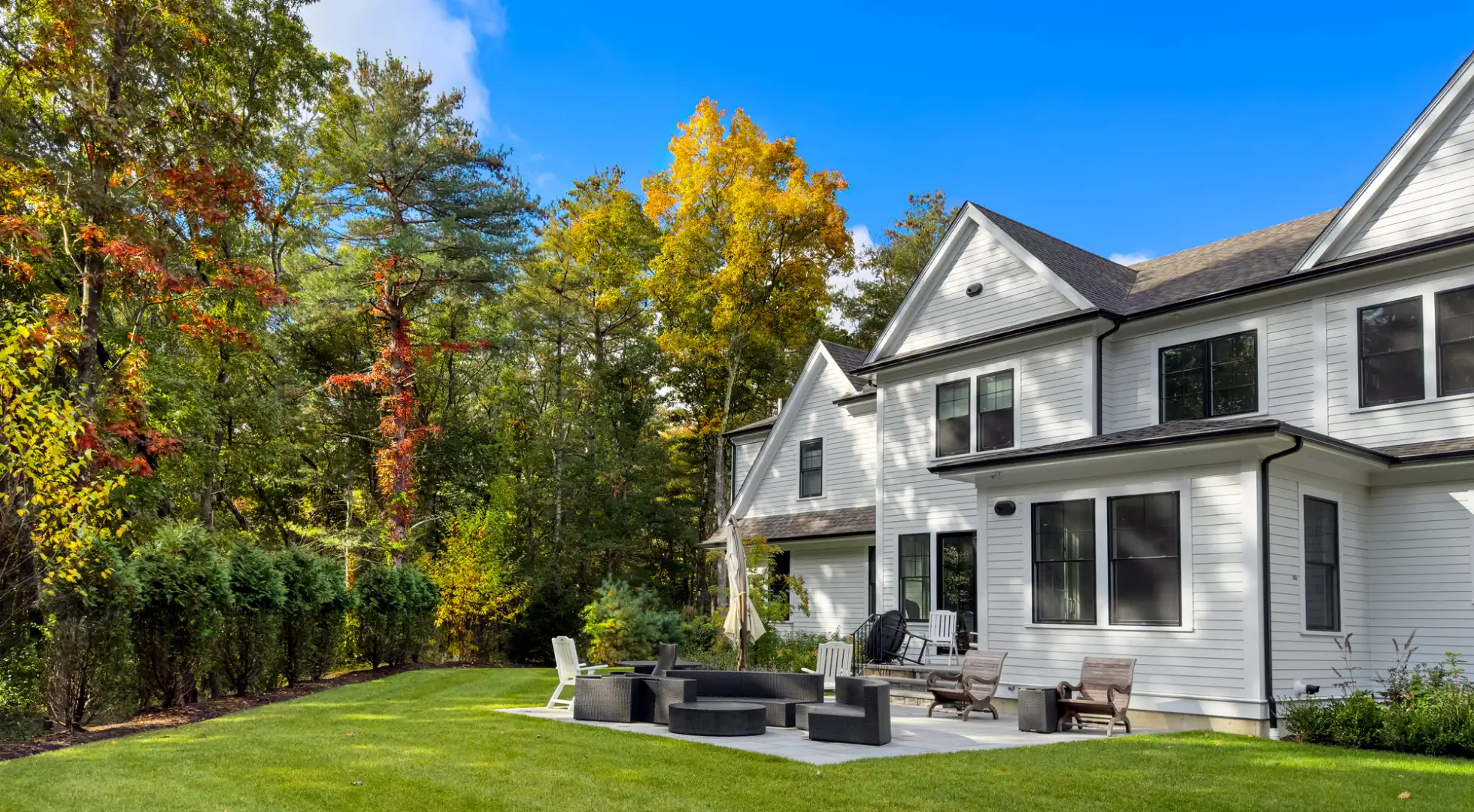HELOC As Your Only Mortgage: Will You Save on Interest?

Some financial gurus tout the “first-lien HELOC” strategy as a way to pay off your home faster and pay less interest.
Here’s how it works:
1. You get a home equity line of credit (HELOC) as your only mortgage
2. You put your entire paycheck toward the HELOC balance each month
3. Draw living expenses as needed
Your HELOC becomes your checking account. Any money you don’t use each month stays in the HELOC and reduces the principal.
For instance, your net pay is $8,000 per month. The entire $8,000 is applied to your principal balance. Throughout the month, you pay for gas, groceries, other expenses totalling $3,500. You also cover HELOC interest of, say, $1,500. By the end of the month, you've pulled $5,000 from your HELOC but your balance is $3,000 lower than the month before.
Does this strategy help or hurt you?
See what you qualify for. Start here.
Definitions
HELOC: A home equity line of credit is like an open credit line tied to your home. You can borrow and pay back as needed.
First-Lien HELOC: Normally, a HELOC is a second mortgage behind a primary first mortgage. A first-lien HELOC is when your only mortgage is a HELOC.
How This Strategy Can Benefit You
By law, you only pay interest on a HELOC or mortgage balance owed at any given time.
So putting your whole paycheck toward the balance as soon as possible reduces the interest owed. Let’s look at an example of someone who makes $8,000 per month and applies it to their HELOC.
$300k Mortgage | Standard Mortgage 6% | First-Lien HELOC 6% |
Principal paid | $300 | $6,500 |
Interest paid | $1,500 | $1,500 |
Expenses drawn | N/A | $3,500 |
Balance at end of month 1 | $299,700 | $297,000 |
Approximate interest savings* | N/A | $105 |
*Assumes $3,500 in living expenses drawn on day 15 of the month, saving 6% interest for half the month.
In this simplified example, the homeowner saves around $105 in interest. But the real value is that the loan balance is $2,700 lower by month end.
Keep in mind this person didn’t put anything into savings or investments. All spare cash is being applied to the HELOC.
When The Strategy Falls Apart
As the above example shows, the idea has merits. But the strategy only works when HELOC rates are about the same or lower than first mortgage rates.
For example, someone could harm themselves by refinancing their 3% fixed mortgage into a 9% first-lien HELOC.
HELOCs are variable and based on the prime rate, currently 8.5%. A common HELOC rate is prime plus one-half, or 9% at today’s rates.
A first-lien HELOC would cost $1,500 more in monthly interest on a $300,000 mortgage at 9% instead of 3%.
You would have a hard time making up that interest cost simply by paying down principal.
However, someone who has a high first mortgage rate could benefit. All signs point to falling HELOC rates as the Fed has signaled cutting its federal funds rate in 2024 and beyond. The prime rate, and therefore your HELOC rate, is directly tied to the federal funds rate.
First-Lien HELOCs Pros
Pay down the loan faster
No refinance needed when rates drop; your rate falls automatically
Potentially pay less interest
You can draw out funds as needed
First-Lien HELOC Cons
The rate is variable and can rise
Most HELOCs only require interest to be paid. Making the minimum payment does not reduce principal
You put little or nothing into savings
Your lender can freeze your HELOC, ending your ability to draw funds and leaving you with no savings
Easy to max out your HELOC borrowing limit by overspending
The open draw period typically lasts 10 years. Then you have to refinance to another HELOC or start making principal and interest payments like a regular mortgage
How To Get a First-Lien HELOC
If this strategy is for you, you’ll be happy to hear that getting a first-lien HELOC may be easier than a traditional mortgage.
Most HELOCs come with low or no closing costs and you may not even need an appraisal.
You may need:
Pay stubs, W-2s, and tax returns
Current bank statements
A mortgage statement, if paying off a first mortgage with the HELOC
Adequate equity in the home; some HELOCs allow you to borrow 90% or more of your home’s current value
A credit report pulled by the lender
If you qualify, you may receive your HELOC in two to three weeks, typically much faster than getting a regular mortgage.
See if you qualify. Start here.
First-Lien HELOC Lenders and Rates
Just about any lender that can offer a typical second-lien HELOC will offer a first-lien version as well.
National banks and local credit unions are probably the best places to look first.
Get a few quotes on fees. Look for a lender that offers zero or low closing costs.
Also, shop rates. You want a HELOC rate close to the prime rate or below. "Prime minus one-half" is much cheaper than "prime plus one."
A few lenders may offer a fixed-rate HELOC, removing the possibility of skyrocketing HELOC rates and payments.
First-lien HELOCs are less risky for lenders than ones in second position behind a first mortgage. As such, you may see better rates for HELOCs if it will be your only home loan.
Get Started on Your HELOC
Whether you’re looking for a first- or second-lien HELOC, these are powerful financial tools for anyone looking to access extra funds or leverage home equity.




